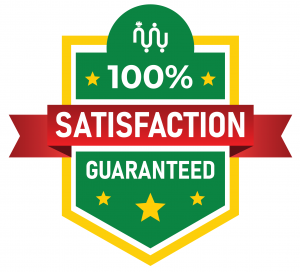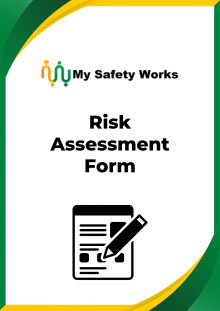
This risk assessment form:
A (workplace) risk assessment is the process of identifying, assessing and managing risks to the health, safety and wellbeing of people at a workplace.
There are several steps you need to take to do a risk assessment, typically these are outlined below.
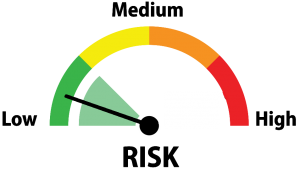
1. Identify the hazards.
2. Risks to be assessed.
3. Risks to be eliminated or controlled.
4. Monitoring and review to determine if control measures are effective.
An organization needs to be on the offensive to search for, detect and eliminate, or control all reasonably foreseeable hazards and identified risks that have the potential to expose personnel or the organization to risk.
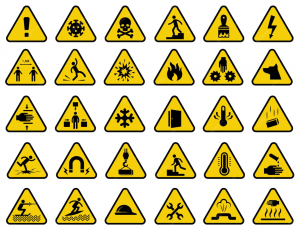
Some hazards that may arise in a workplace include:
If a hazard is identified that cannot be immediately controlled, a verbal or documented hazard report should be completed and submitted to management.
Assessing the level of risk involves evaluating both the likelihood of any injury, illness or damage occurring and the likely severity (or consequence) of any injury, illness or damage that may occur.
The following factors should be considered when evaluating risk:
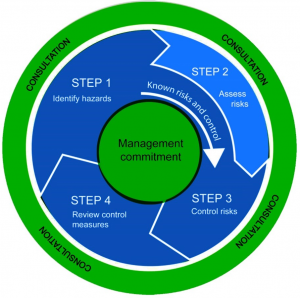
Risk management can be undertaken with varying degrees of detail depending on the type of hazards and the information, data and resources that are available under the circumstances.
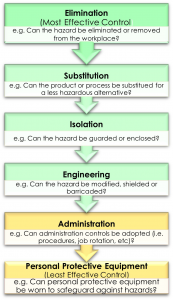
A method of control must be selected and applied to each hazard identified. It is important to select the most effective and reasonably practicable method. This may include selecting a combination of control measures.
Where it is not reasonably practicable to eliminate risks, control measures must be implemented to minimise risks to the lowest level reasonably practicable, in accordance with a risk rating hierarchy of controls. Control measures prescribed by a hierarchy must be applied in the order specified and in combination (if no single measure is sufficient) to minimize the risk to the lowest level reasonably practicable.
Where higher level control measures are not able to be implemented immediately, interim control measures (albeit relatively less effective) should be implemented to reduce the risk to an acceptable level until the primary controls can be introduced.
The final step of the risk management process is to monitor and review the effectiveness of control measures, to verify they are as low as reasonably practicable.
It is also possible that not all hazards have been identified during the initial risk assessment and the dynamic nature of some work activities results in frequent changes, so re-assessment may be required.
Reviews of risk control measures and may include:
The control measures decided upon should be discussed and reviewed for as long as necessary to enable ongoing safe work practices. Whenever there is evidence that control measures are no longer effective (e.g. an injury or illness, employee complaint or advancements in technology) an update your risk assessment must be undertaken.
This risk assessment form includes the following assessment functions:
This risk assessment form can be used to perform risk assessments by evaluating both the likelihood of any injury, illness or damage occurring and the likely severity (or consequence) of any injury, illness or damage that may occur.
The risk assessment form has provisions for:
